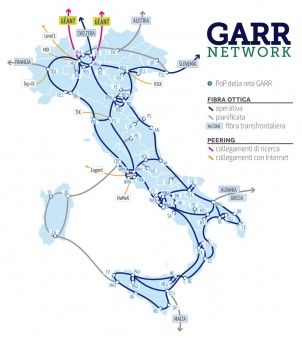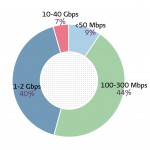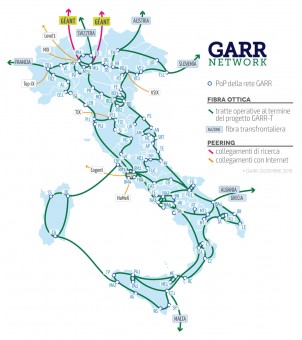 srcset" http://www.media.inaf.it/wp-content/uploads/2016/02/2015-09_mappaGARR_attuale-302x340.jpg 302w, http://www.media.inaf.it/wp-content/uploads/2016 /02/2015-09_mappaGARR_attuale-768x864.jpg 768w, 590w http://www.media.inaf.it/wp-content/uploads/2016/02/2015-09_mappaGARR_attuale-590x664.jpg, http://www.media .inaf.it / wp-content / uploads / 2016/02 / 2015-09_mappaGARR_attuale-624x702.jpg 624w, http://www.media.inaf.it/wp-content/uploads/2016/02/2015-09_mappaGARR_attuale. jpg 1075w "sizes =" (max-width: 302px) 100vw, 302px "/>
srcset" http://www.media.inaf.it/wp-content/uploads/2016/02/2015-09_mappaGARR_attuale-302x340.jpg 302w, http://www.media.inaf.it/wp-content/uploads/2016 /02/2015-09_mappaGARR_attuale-768x864.jpg 768w, 590w http://www.media.inaf.it/wp-content/uploads/2016/02/2015-09_mappaGARR_attuale-590x664.jpg, http://www.media .inaf.it / wp-content / uploads / 2016/02 / 2015-09_mappaGARR_attuale-624x702.jpg 624w, http://www.media.inaf.it/wp-content/uploads/2016/02/2015-09_mappaGARR_attuale. jpg 1075w "sizes =" (max-width: 302px) 100vw, 302px "/> the current fiber optic backbone of the education system and the Italian research. Receivables: GARR
The new record for the highest speed digital data transmission has been set to 1.12 Tbps (terabits per second ) by the research group on optical networks at the University College London (UCL). The result, published in Scientific Reports , was obtained as part of a research on the limits of the capacity of data transmission equipment over optical fiber.
“We are planning to communication systems new generation, able to handle signals at speeds exceeding 1 terabit per second (Tbps), “said Robert Maher , to experiment again. “A speed that is almost 50000 times the average speed of a broadband connection in the UK, at 24 megabits per second (Mbps).”
With a automotive metaphor, where the result obtained at the UCL can be compared to the best lap of Ferrari clocked in a closed circuit, the “normal” broadband is more like the average speed of the traffic flow on the ring road of Rome. To optimize and speed up the traffic on that vital public infrastructure which is the Italian university information superhighway and research – from whence it comes pages Media INAF you are reading – operates the Consortium GARR. Media INAF asked to Claudia Battista , coordinator of the Department Net GARR, like the Italian science is preparing the advent of the terabits generation .
What is the current status of the GARR network?
“The GARR network has a coverage of about strong>> 14,000 km optical fiber and connects about a thousand locations across Italy . To talk about the network capacity must make a distinction between the back (which may be thought of as the motorway network) and The individual links of each Institute (the roads leading to towns). The individual sections that make up the backbone to reach speeds up to 100 Gbps , while the total capacity of the ridge stands at around 2 Tbps. In particular, thanks to the ministerial project GARR-X Progress, today the GARR network is faster in South Italy and in the rest of the country. “
What band have access to the related institutions?

connection capacity of GARR users. Receivables: GARR
“The connection speed for more than 90% of connections is greater than 100 Mbps. This is a community network for the use of education and research, so with characteristics very different from those of households. Suffice it to say that the latest Akamai report on the state of the Internet in Italy finds an average connection speed of 6.5 Mbps . If we did the same for the GARR network would an average of 1.3 Gbps , about 200 times higher. “
What are the next targets of the GARR network?
“the next goals are to expand in the rest of the technological innovations already put in place in the South. the ambitious goal is to get to the terabit speeds on our backbone ; so we called the project GARR-T (erabit). In addition, we are trying to build a network even more widespread in the area, so you always shorten longer distances with user locations and to provide them with the best technology at affordable cost.
the main changes from the technological point of view?
“GARR intends acquire the optical fiber spans , to get the full management and be independent of the plans evolution of the commercial operators’ networks. This is an important long term investment that will, in time, to respond to new and growing needs of users and, as often happens, even anticipate them. “

the geographical development provided by GARR-T project. Receivables: GARR
And from the point of view of the services?
“It will be easier to offer services such as Virtual Private Networks and dedicated links between two or more locations. It is very important services in research projects, which often operate in a multidisciplinary environment and internationally. We also hope to enlarge our user community : the greater capillarity of the network will help to reduce the investment costs for the fiber optic connection to the Points of Presence (PoP) of the GARR network. This is crucial for institutions with few resources such as schools. “
How will be financed GARR-T?
” GARR-T is a project of great impact, to be run at different times and in appropriate ways, need a dedicated funding . For this we are evaluating the participation in Community programs, national and regional education and research, and are planned contacts with the various actors involved in the implementation of the Digital Agenda targets. While waiting to special funding, it has been called a GARR-T project budget implementation plan unchanged, with A gradual implementation steps , in accordance with the priorities determined by the actual needs of the network users and basis of actual financial resources of the GARR. We imagine that this intervention can bring benefit to the entire territory, as it could encourage traders to invest in the most affected areas by the digital divide . “
Just to discuss these issues , industry experts will meet in Rome from 18 to 21 April 2016 for the Workshop GARR 2016, the eloquent title “Generation Terabit. A high-performance community. “
Learn more:
Glossary of terms:
- 1 terabit per second (Tbps) corresponds to: a thousand gigabits per second (Gbps), one million megabits per second (Mbps), a billion kilobits per second (kbps).
- The bit (from binary digit ) is the digital bit of information, so its units. The bytes (B), with which we measure the capacity of the storage devices, is instead a set of bits (historically 8).
source: Media INAF | Written by Stephen Parisini
No comments:
Post a Comment